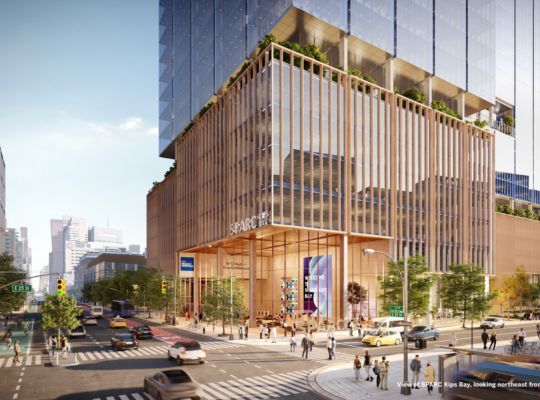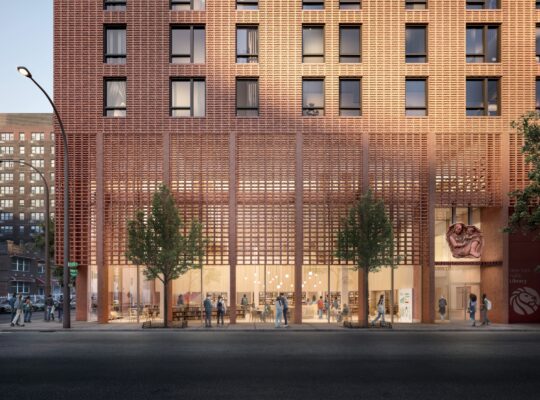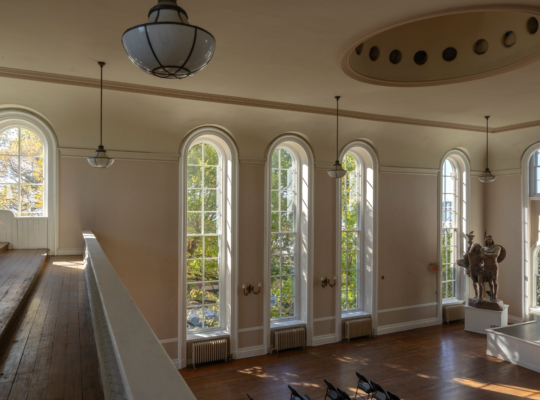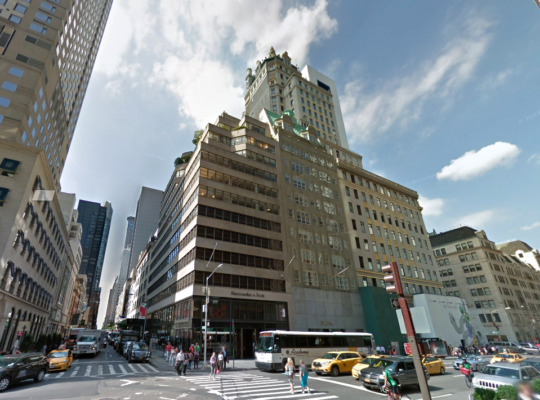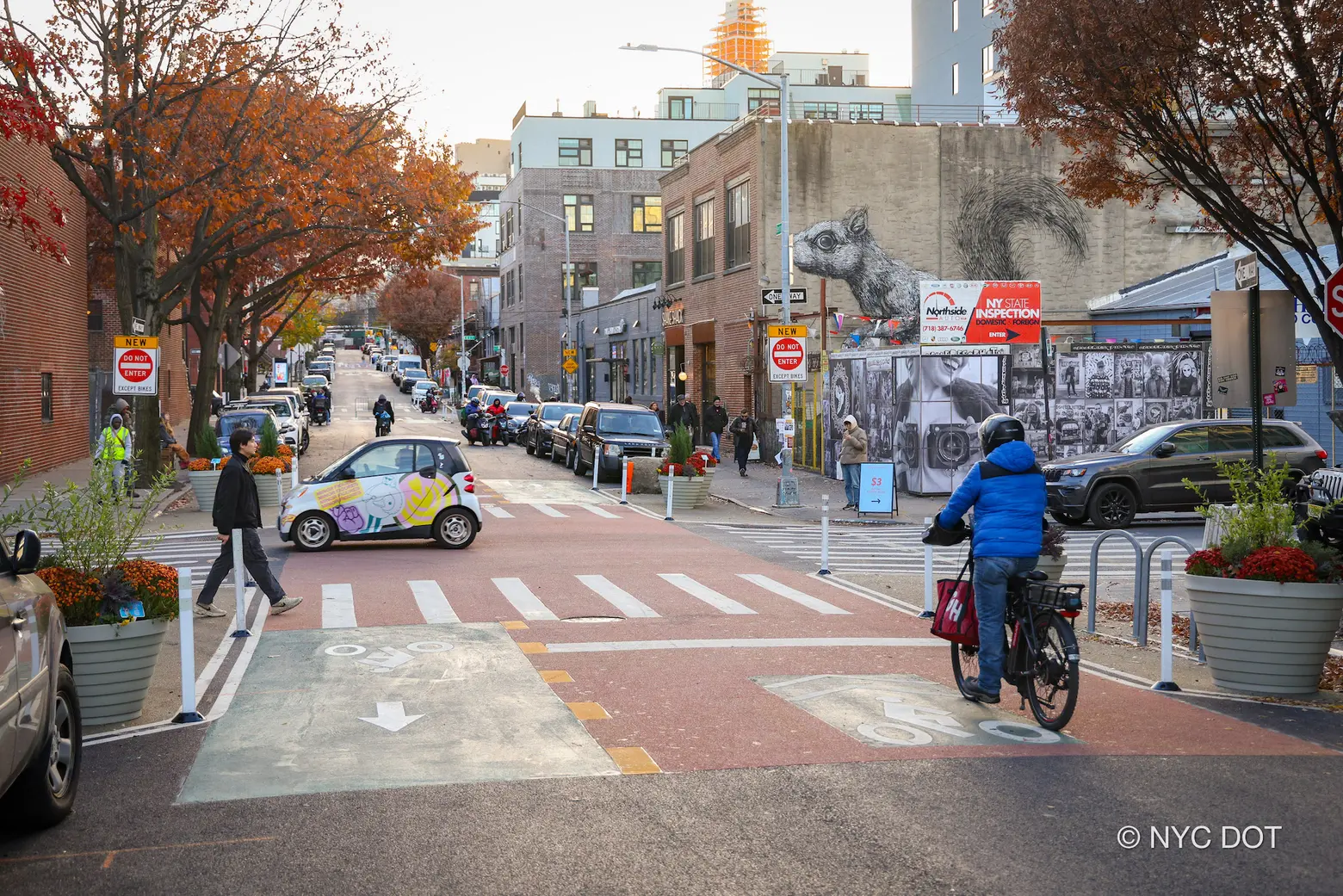
All images courtesy of NYC DOT
New York City has transformed Brooklyn’s Berry Street into a permanent two-way bike boulevard. Department of Transportation Commissioner Ydanis Rodriguez on Tuesday unveiled the new street design, which includes the reconfiguration of every intersection, new loading zones, and a series of one-way vehicle traffic reversals from Broadway to North 12th Street in Williamsburg. The street design builds upon the corridor’s success as a pedestrian-focused open street and better connects to Domino and McCarren Parks and the Williamsburg Bridge.
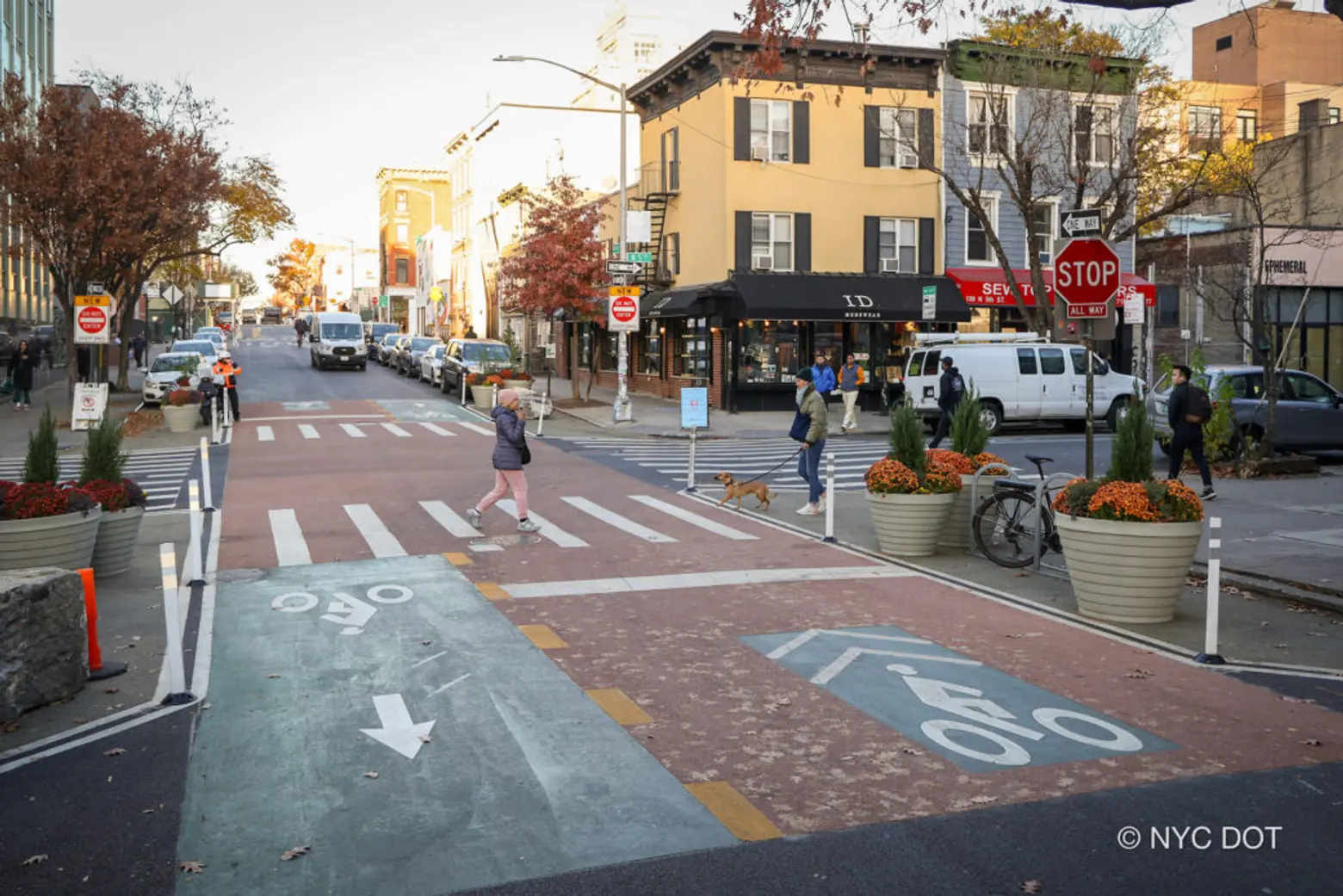
“Berry Street’s innovative new design as a Bike Boulevard will help protect pedestrians and cyclists, reduce speeding, and provide dedicated loading zones to cut down on dangerous double parking,” Rodriguez said.
“Streets are public space, and designs like this show that we can reimagine the use of public space to benefit all road users. We will continue growing the Open Streets program while developing lasting changes at existing popular Open Streets—and we thank our partner here, North Brooklyn Open Streets, for their close collaboration and support on this project.”
The new bike boulevard brings two-way cycling to a formerly one-way street. The agency identified the corridor as a potential area for redesign through its pilot program of new technology that senses street activity and creates detailed reports that can inform street designs. The program found that roughly 20 percent of cyclists were already traveling southbound on the street.
DOT has installed two-way bike markings while still preserving one-way vehicle traffic, while also reversing vehicle traffic on select blocks in the southbound direction. These reversals discourage drivers from using Berry Street unless necessary, which will lead to less traffic. Drivers who do decide to use Berry Street must travel no more than five miles per hour.
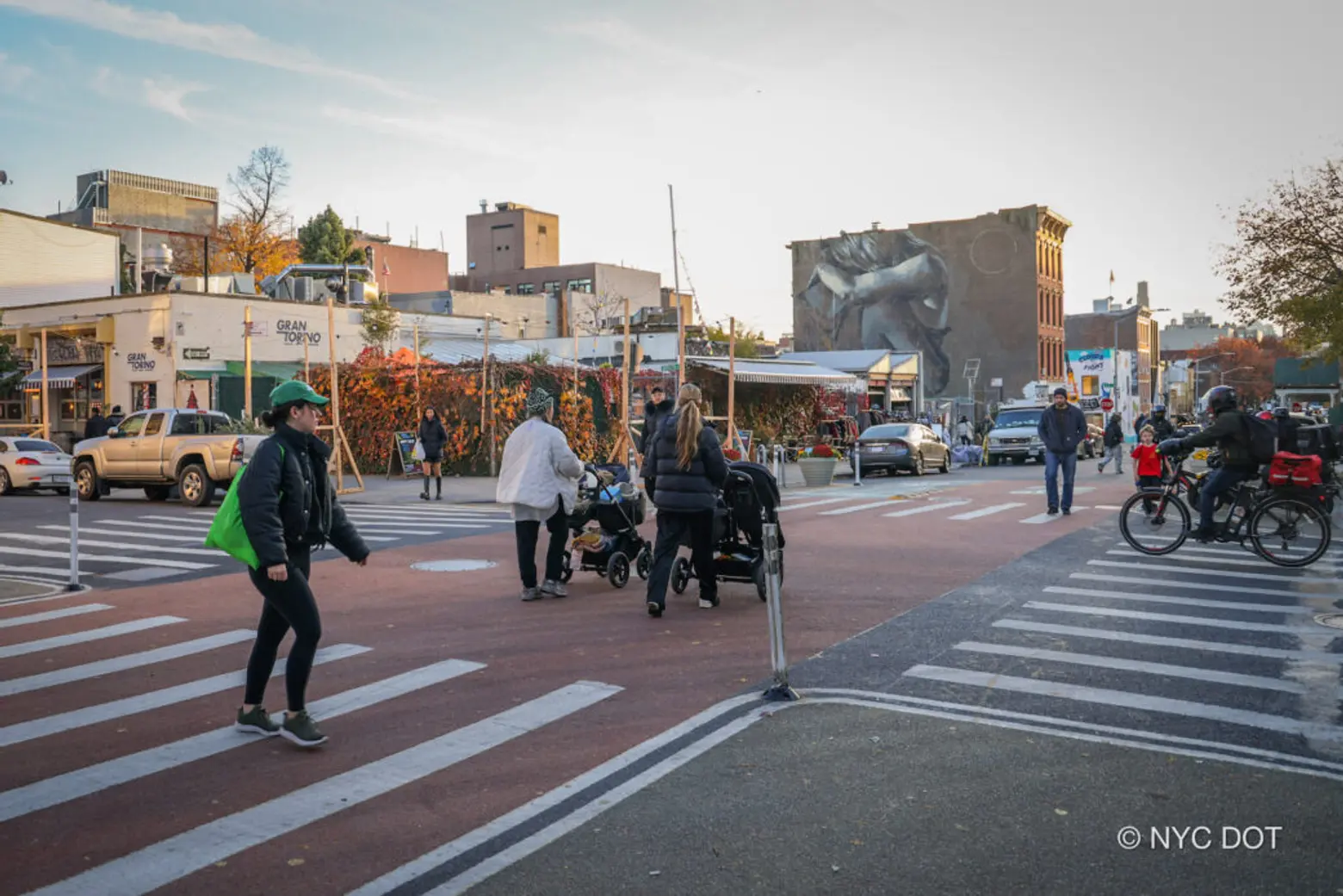
Freshly installed coral-colored paint at certain intersections helps alert drivers to these traffic flow changes. Coral paint has also been installed at intersections without stop signs or traffic lights. Emergency vehicles and other city vehicles, including sanitation trucks, can still travel on Berry Street under the new design.
Every intersection along the corridor has been outfitted with new pedestrian curb extensions that are protected with planters, bike corrals, granite blocks, and other structures. The sidewalk extensions will not only create more public space for pedestrians but increase visibility between road users and crossing pedestrians.
DOT has also created neighborhood loading zones at the start and end of every block to reduce large truck traffic along the street. Vans are allowed to use the corridor for deliveries, loading, and unloading.
“It is fantastic to see infrastructure prioritizing cyclists and pedestrians, especially in a booming neighborhood like Williamsburg,” Ken Podziba, CEO of nonprofit Bike New York, said. “Not only does this new corridor provide a safe cycling route, it encourages more people to engage with cycling and experience the neighborhood from a new vantage point.”
Pedestrians are able to use the full width of Berry Street during open street hours, which run from 8 a.m. to 8 p.m. daily.
RELATED:
Source link



